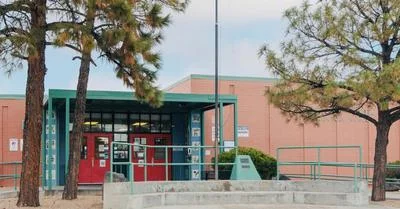Scientists from The University of New Mexico have delved into the hidden geological history of the East Coast of the United States in a bid to better understand the breakup of the supercontinent Pangea. The research, published in the Journal of Geophysical Research: Solid Earth, sheds light on the dynamic processes that shaped our planet millions of years ago.
Lead researcher Lindsay Worthington and Ph.D. student Collin Brandl conducted a community experiment called the ENAM Community Seismic Experiment to investigate how supercontinents break apart. Brandl explained that the experiment aimed to provide a new perspective: "Having this data that goes along-strike instead gives you a different view of how things are happening."
Utilizing ocean-bottom seismometers, the researchers were able to uncover a variable distribution of magma-derived rock buried beneath the seafloor. Brandl described the process of using these instruments: "Our first goal is to figure out the sound velocity of the rocks beneath the seafloor... With some context from other experiments, we can use the sound velocity to figure out which rocks are present beneath the seafloor."
The study revealed surprising findings about the magmatism and volcanism during Pangea's breakup, with Brandl noting, "there’s a lot more variability in the magmatism and volcanism than people used to think." The researchers also linked their observations to the structure of the Mid-Atlantic Ridge, where new oceanic crust is formed through magmatism and volcanism.
Brandl highlighted the significance of their discovery, stating, "We think that we’re seeing how structures in the Pangean rift influenced what’s happening today at the mid-Atlantic Ridge." The team's findings, which include gaps up to 30 km wide in magma-derived rock thickness, provide new insights into continental rifting processes.
Moreover, Brandl noted the relevance of their research to understanding geological phenomena in other regions, such as New Mexico: "For New Mexico, understanding something like this could be helpful... The rift here, while not successful in the sense that it didn't break apart the continent, is similar to what you might observe in East Africa or Pangea."
The publication of this study as an Editor’s highlight for the journal and its feature on EOS.org underscore the importance of the research in advancing our knowledge of Earth's geological history.









